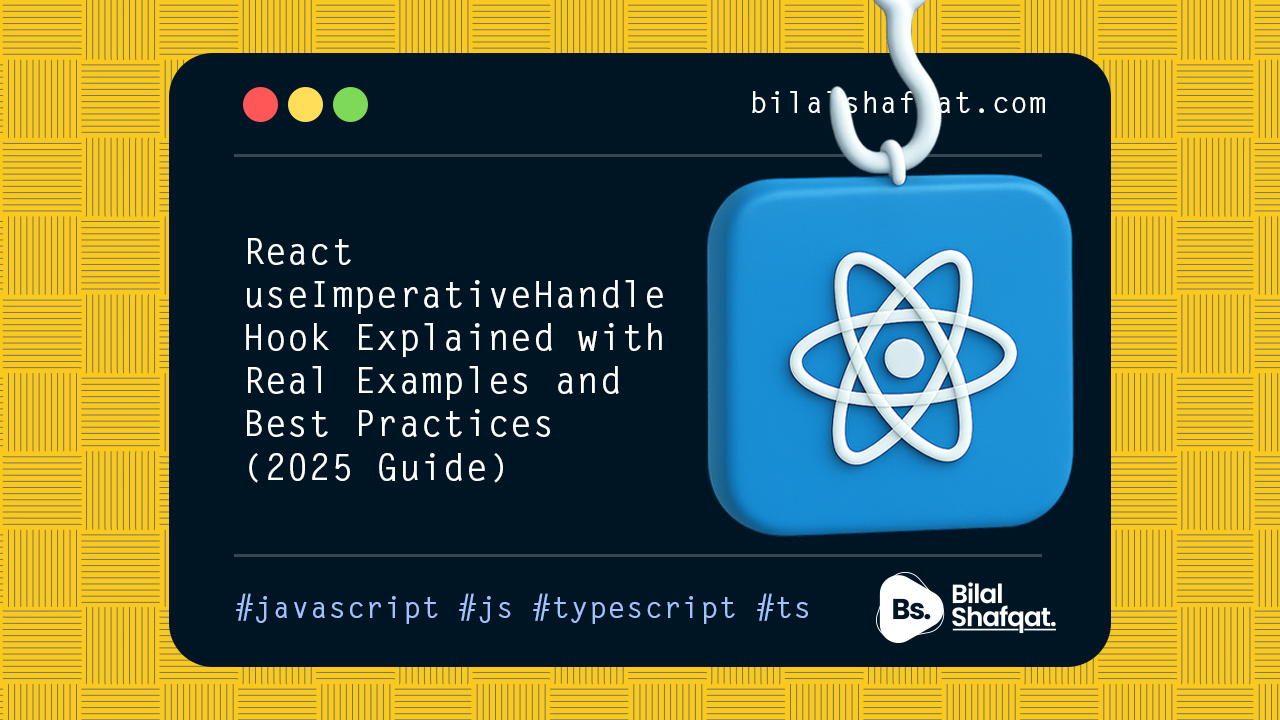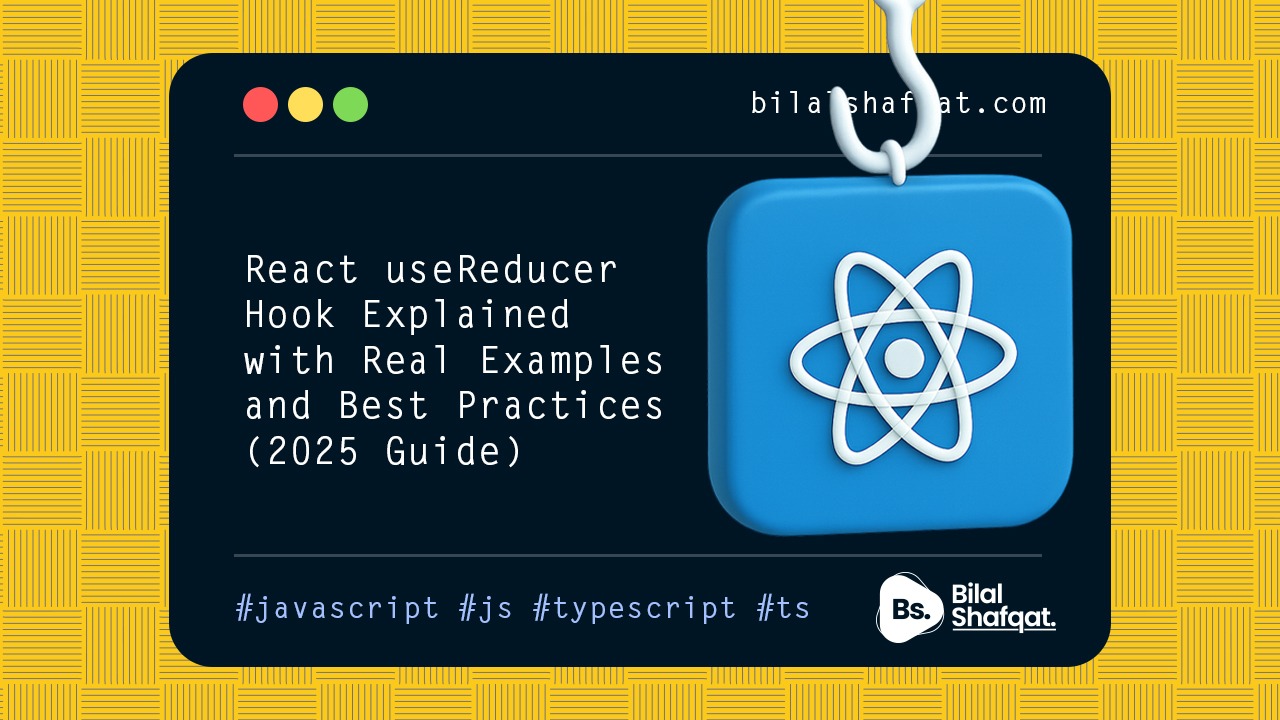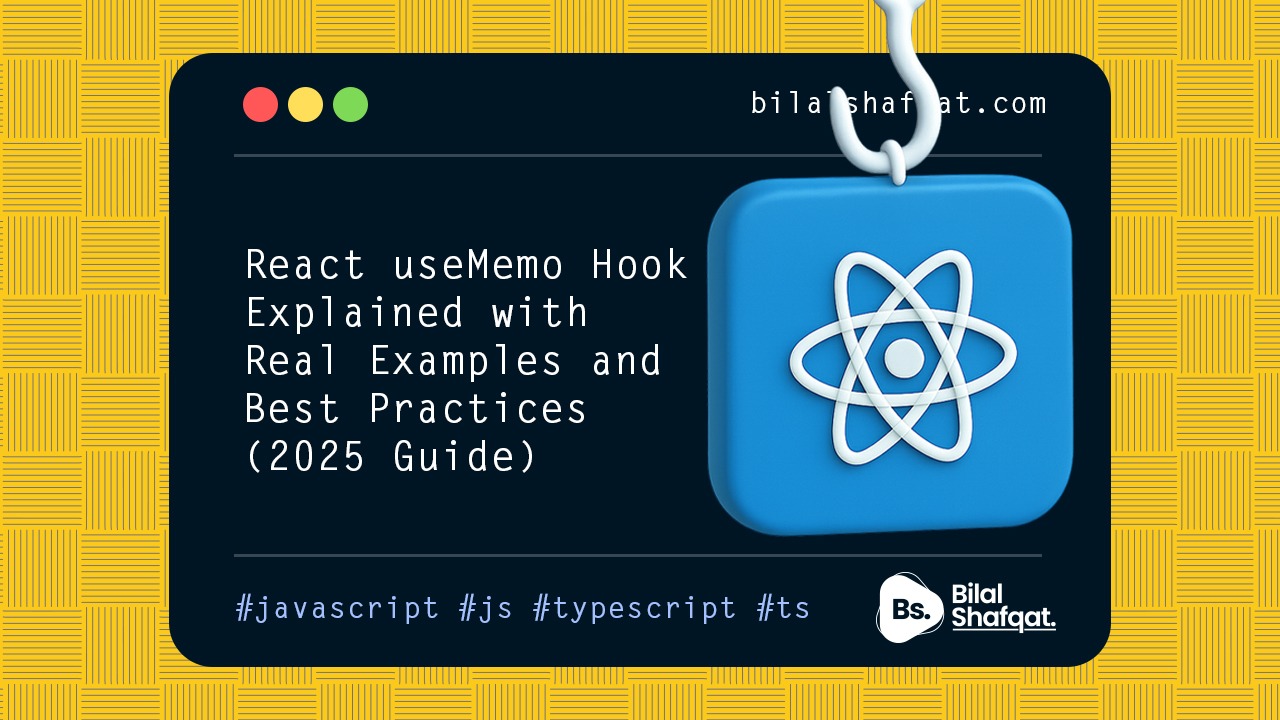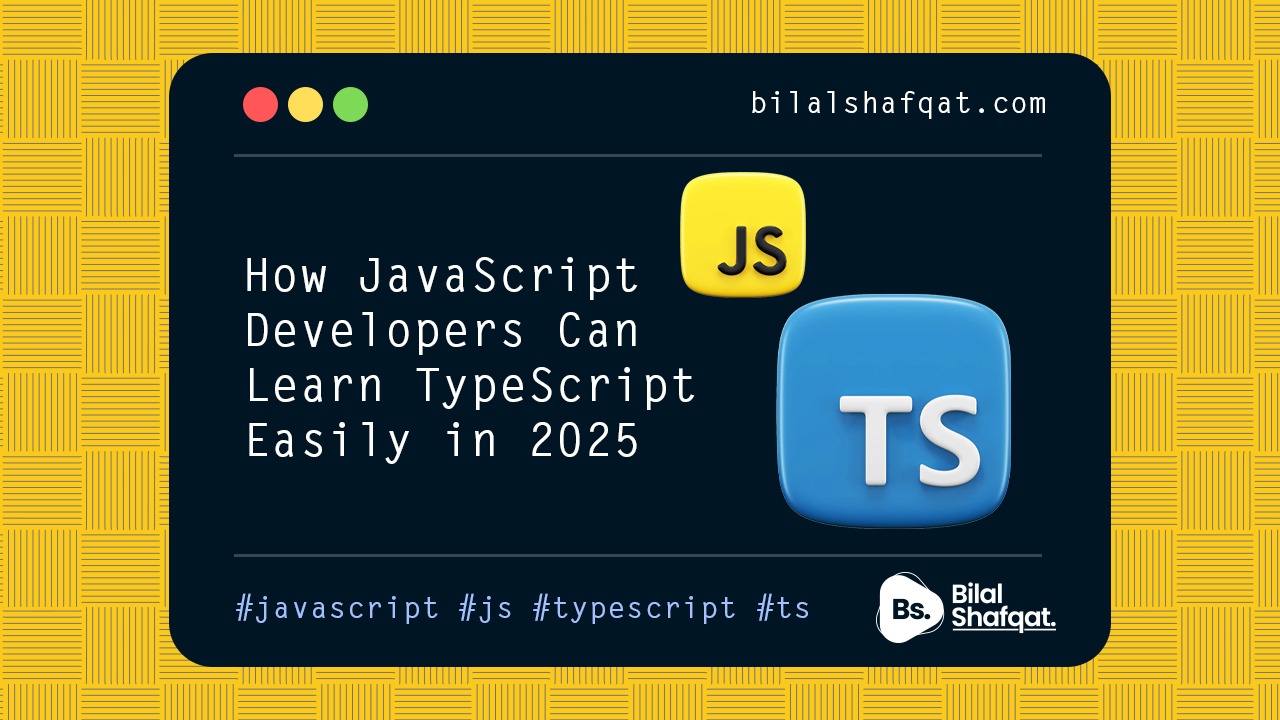
How JavaScript Developers Can Learn TypeScript Easily in 2025
- bilalshafqat42
- June 12, 2025
- Typescript
- 0 Comments
✅ Introduction: Why TypeScript Is a Must-Know in 2025
TypeScript has rapidly become the go-to language for professional web development, especially among teams working on large-scale applications. But if you’re a JavaScript developer, making the switch can feel intimidating — even unnecessary at first.
The truth? Learning TypeScript is not about replacing JavaScript. It’s about enhancing it with static typing, powerful tooling, and increased reliability — without sacrificing flexibility.
In this guide, we’ll show you how to learn TypeScript from a JavaScript background, step-by-step, in a way that feels simple, natural, and even fun.
🧠 What Is TypeScript?
TypeScript is a superset of JavaScript developed by Microsoft. It adds static type definitions, interfaces, and other advanced features to JavaScript while remaining backward compatible.
Key Features:
- Strong typing for variables, functions, and objects
- Improved editor support (IntelliSense, autocompletion, real-time errors)
- Easier refactoring and collaboration
- Works with all JavaScript frameworks (React, Vue, Angular, etc.)
Since it compiles to plain JavaScript, every valid JS file is also a valid TS file — which makes it easy to adopt incrementally.
🚀 Why JavaScript Developers Should Learn TypeScript
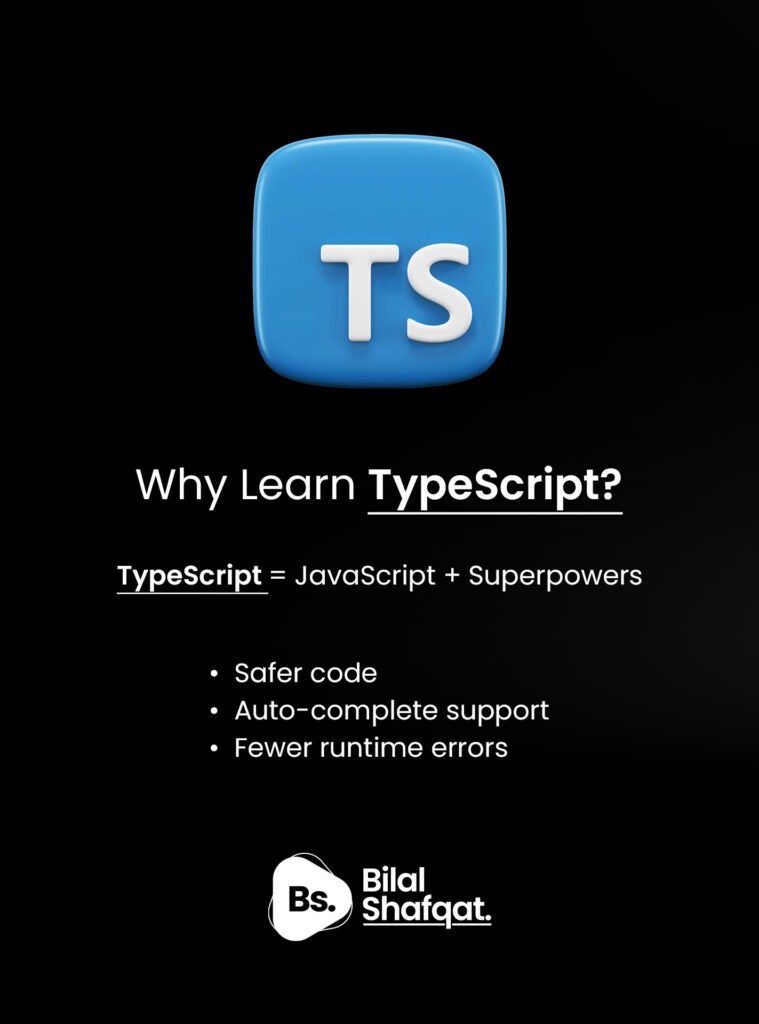
As a JavaScript developer, you’re already 80% there. Here’s why TypeScript is worth learning in 2025:
1. Catch Bugs Earlier
TypeScript helps catch type-related bugs during development — not at runtime. This improves reliability and reduces production errors.
2. Better Code Completion & Docs
Your editor becomes smarter. TypeScript provides inline documentation, auto-suggestions, and better tooltips out of the box.
3. Team-Scale Development
In large teams or projects, TypeScript enforces contracts between components, making collaboration clearer and reducing accidental misuse of APIs.
4. Supported by Big Tech
Companies like Google, Microsoft, Slack, Airbnb, and Meta have adopted TypeScript for their production applications.
🔧 How to Get Started with TypeScript (Step-by-Step)
You don’t need to learn a whole new language — just enhance what you already know.
✅ Step 1: Install TypeScript
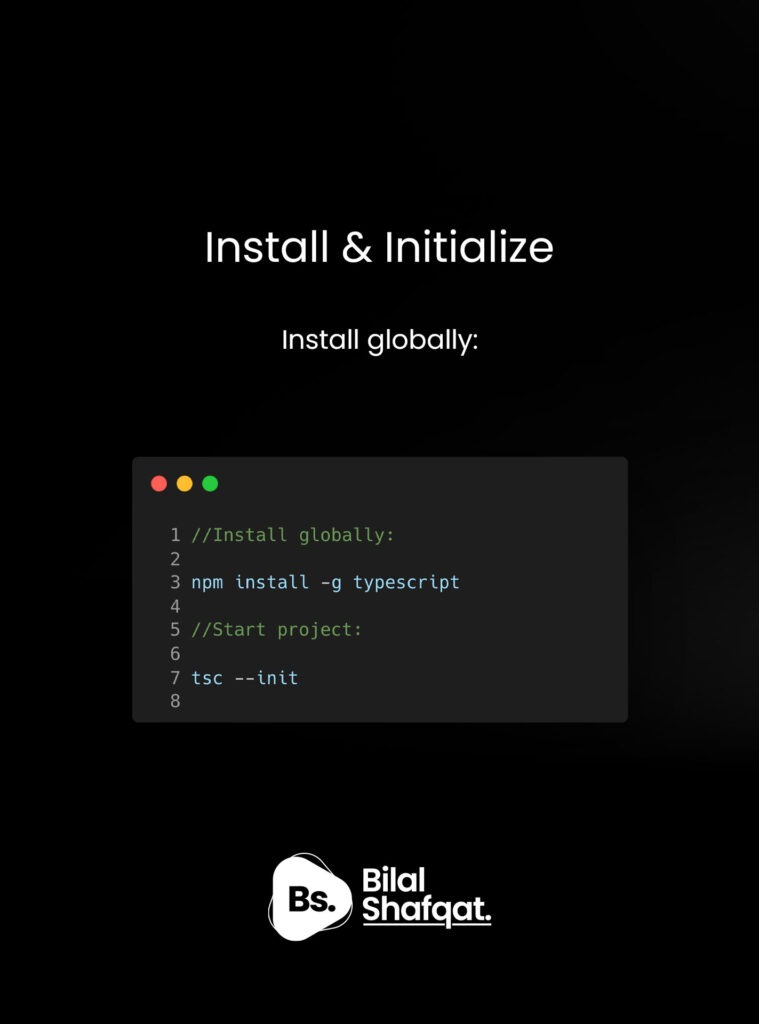
If you have Node.js installed, you can install TypeScript globally with:
npm install -g typescriptCheck the version:
tsc -v✅ Step 2: Initialize Your Project
Run the following in your project folder:
tsc --initThis generates a tsconfig.json file, which defines compiler options and helps TypeScript understand your project structure.
✅ Step 3: Rename .js Files to .ts
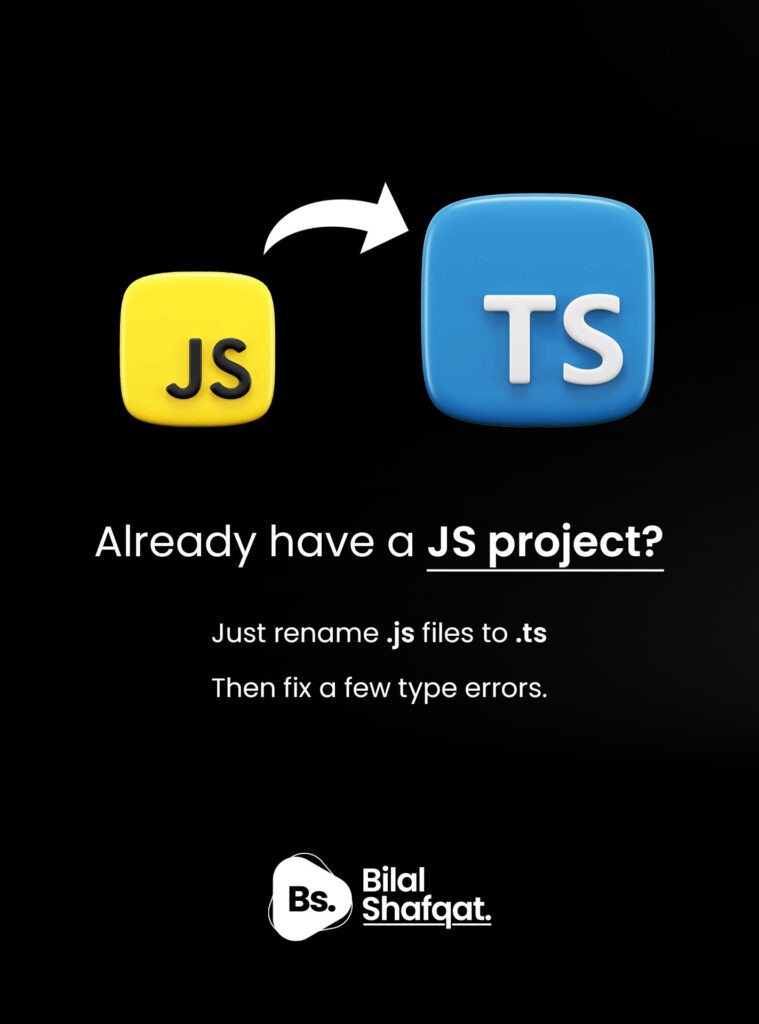
You can begin by renaming your JavaScript files to .ts. TypeScript will begin checking your code and may highlight areas where types are ambiguous or missing.
Don’t worry — the idea is to fix things incrementally, not all at once.
✍️ TypeScript Basics for JavaScript Developers
Let’s look at some common JavaScript patterns and how you enhance them in TypeScript.
1. Variable Typing
JavaScript:
let count = 5;TypeScript (explicit):
let count: number = 5;2. Function Typing
JavaScript:
function greet(name) {
return "Hello, " + name;
}TypeScript:
function greet(name: string): string {
return "Hello, " + name;
}3. Interfaces
interface User {
name: string;
age: number;
}
const user: User = {
name: "Alice",
age: 30,
};4. Type Inference
let message = "Welcome"; // inferred as string5. Union Types
let value: string | number;
value = "Hello";
value = 42;🧰 Best Practices While Migrating
- Use
anysparingly – It disables TypeScript’s benefits. - Start with strict mode OFF – Gradually improve types, then enable strict mode.
- Use
tsc --watch– Automatically recompile on changes. - Adopt interfaces before typing everything – Focus on shaping your data first.
- Leverage your IDE – VSCode and TypeScript are the perfect combo.
💡 TypeScript in Modern Frameworks
TypeScript works perfectly with popular frameworks:
- React: Use
.tsxfiles for typed components. - Vue: Built-in support in Vue 3 and Vite.
- Angular: Built entirely with TypeScript.
🔄 Common FAQs About Switching to TypeScript
❓ Do I need to stop writing JavaScript?
No. TypeScript is a superset — your JavaScript knowledge still applies and grows with typing added.
❓ Is TypeScript hard to learn?
Not at all. If you’re comfortable with JavaScript ES6+, the transition is smooth. You can start typing your code one file or variable at a time.
❓ Can I use TypeScript with Node.js?
Absolutely. Node + TypeScript is a powerful combo for writing robust backend services, CLIs, and APIs.
❓ What’s the difference between type and interface?
Both define object shapes. Interfaces are extendable; types are more flexible. Use them depending on your use case.
🧪 Practice Projects to Learn TypeScript Faster
- ✅ Convert an existing JavaScript app to TypeScript
- ✅ Create a To-Do list with typed states
- ✅ Build a User Profile Form with validation
- ✅ Make a small API with typed request/response objects
- ✅ Use TypeScript with React to build components
📈 Final Thoughts: From JavaScript to TypeScript Made Simple
In 2025, TypeScript is no longer a “nice-to-have” — it’s a must-know skill for modern developers. As a JavaScript developer, you already have the foundation. TypeScript simply makes your code smarter, more reliable, and easier to maintain.
Whether you’re working solo, freelancing, or joining a tech team — knowing TypeScript gives you a competitive edge.
Start small. Type a few variables. Watch your editor guide you.
Within days, you’ll wonder how you coded without it.
✅ Want to Learn More?
📖 Read the full visual guide:
https://bilalshafqat.com/learn-node-js-from-scratch/
🔁 Share this article with your dev friends
💬 Got questions? Leave a comment below or contact us anytime!


